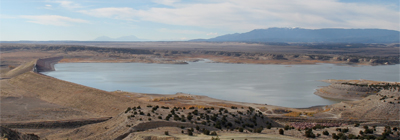
| So.. What is a Contra Dance |
To help explain what a Contra Dance is, we have posted a terrific new video featuring Don Paine of the Last Minute Stringband and the Glenwood Springs Contra Dance.
Last Minute String Band from Charlie Westerman on Vimeo. More background on Contra DancingContra dancing has its roots in English country dancing. However, far from those staid but elegant origins, it has evolved into an incredibly fun and energetic dance which is easy to learn and can be found in cities throughout the country. The dance formation is simple. Couples line up facing one another in a long line of about a dozen couples. Each couple dances with their partner and another couple as they progress either up (active couples) or down (in-active couples) the line. By the end of the dance, you and your partner will have danced with every other couple in the line. People end up dancing with so many people, it really does not matter if you come to the dance with a partner or not. At the end of a dance, people find another partner, reform the contra line and start again. The actual dance movement is a brisk and rhythmic walk. There is no fancy footwork. A nice feature of the dance is how well it accommodates dancers of different skill levels. Beginners can move through the dance and enjoy themselves. As you become more familiar with the calls and learn how to "give weight" to the next person in the contra line, the dance becomes a seamless high-energy movement. As you move through the dance, one couple may be beginners and need some help moving through the figures while the next couple might be more advanced, and you are immediately swept into the “contra zone” of high-energy movement. It's great fun. There are literally thousands of different dances all built around a few standard movements. The caller will first walk everyone through the dance without music. Once the walk through is complete, the band will give the floor its standard "4 potatoes" (a 4 beat introduction) and the caller will start the dance. Throughout the dance the caller will call out prompts to the dancers in time with the music (often called patter) just in time for the dancers to perform the figures that makeup the dance. While most of the dances at a Contra dance will be in the contra formation, there is traditionally a waltz before the mid-dance break and a waltz at the end of the dance. What should you bring?
|
